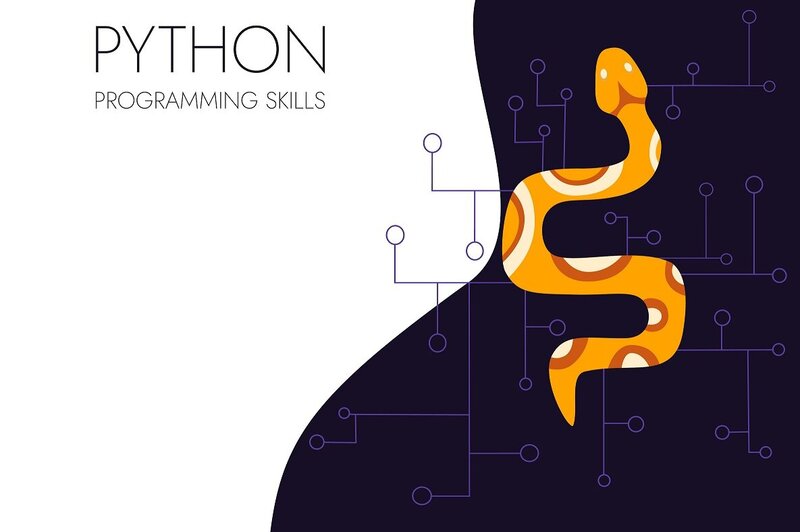How we work with Python

When I think of Python, the images in my head are completely different from those of my development colleagues. For them, the cognitive image is not of a reptile from the genus of pangolin creepers, but of a scripting programming language with abstract data structures and a simple but effective approach to object-oriented programming. The program code is executed at runtime by an interpreter with a corresponding runtime environment. Python was developed in the 1990s by Guido van Rossum, who conceived it as a successor to the ABC programming language.
Python programs are characterized by a clear and concise structure, especially a fast implementation of ideas (rapid prototyping) is supported. The language is predestined for a variety of fields of application and is used, among other things, for data analysis, automation, for front- and back-end developments, and for countless other applications.
The use of Python is particularly noteworthy in the field of machine learning and AI development. Python libraries suitable for this purpose include Tensor Flow, NumPy, PyTorch and many more. Precisely because the program code is relatively easy to read and understand, the programming language is ideally suited for complex and complicated topics. However, a disadvantage in direct comparison to static or compiler languages such as C or C++ is the sometimes significantly lower execution speed, due to the interpretative execution of the program code at runtime.
A programming example for the use of Python and how inputs and outputs of the sys WORXX CTR-700 can be controlled via the CAN bus can be found in the detailed programming example.
Python in practice
Due to its scope and versatility, Python can be used for a very wide range of applications. It is used for data analysis, automation, for front-end and back-end development, and for countless other applications. Google, for example, has chosen Python as their standard scripting language for web applications.
Particularly noteworthy is its use in machine learning and AI development, which is excellent for this purpose due to its structure and nature (stability, flexibility, available tools and extensions, etc. ...). Python libraries that can be used for this include Tensor Flow, NumPy and PyTorch. It is precisely because it is relatively easy to read and understand that Python is so well suited for complex and complicated topics.







